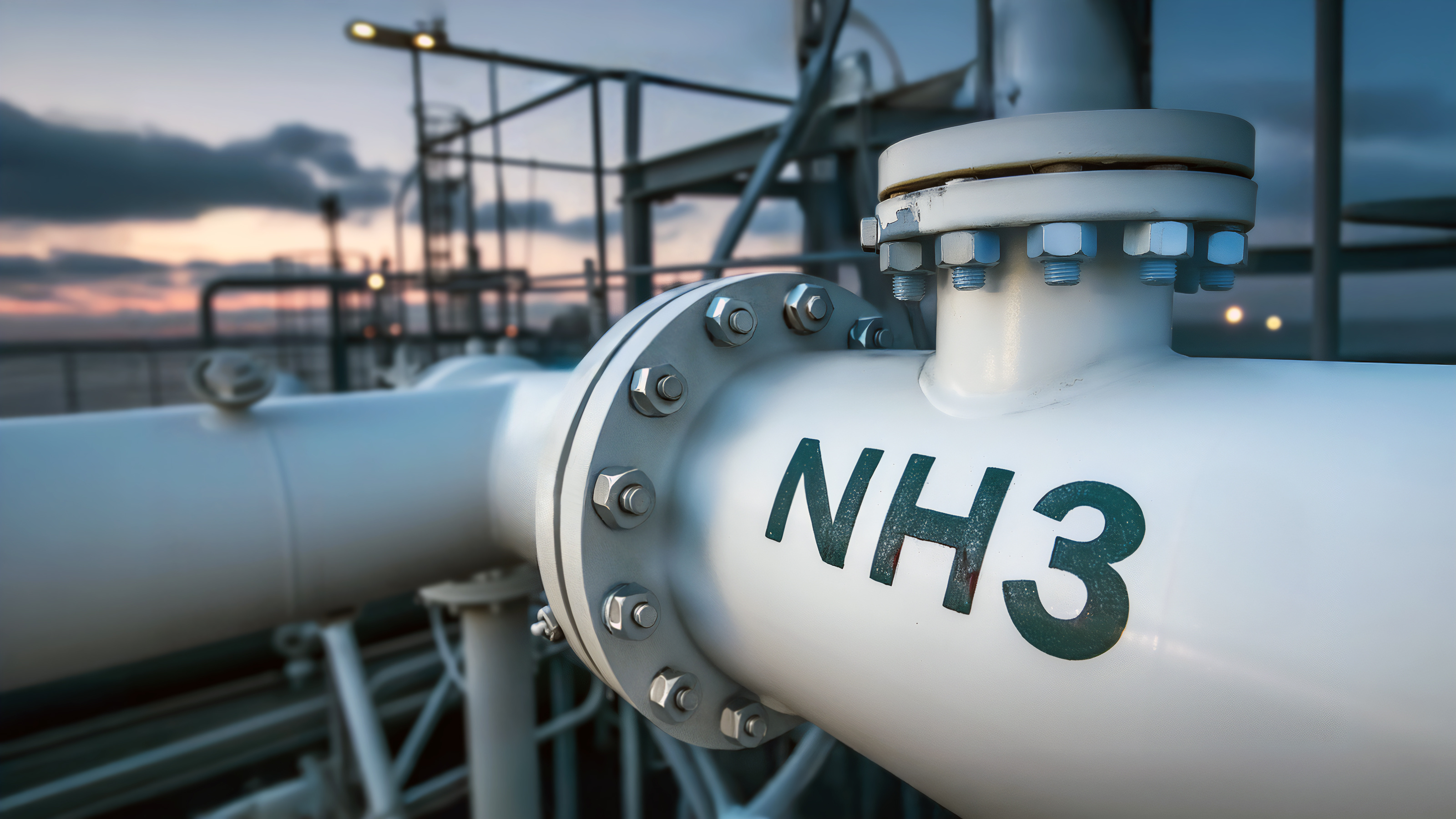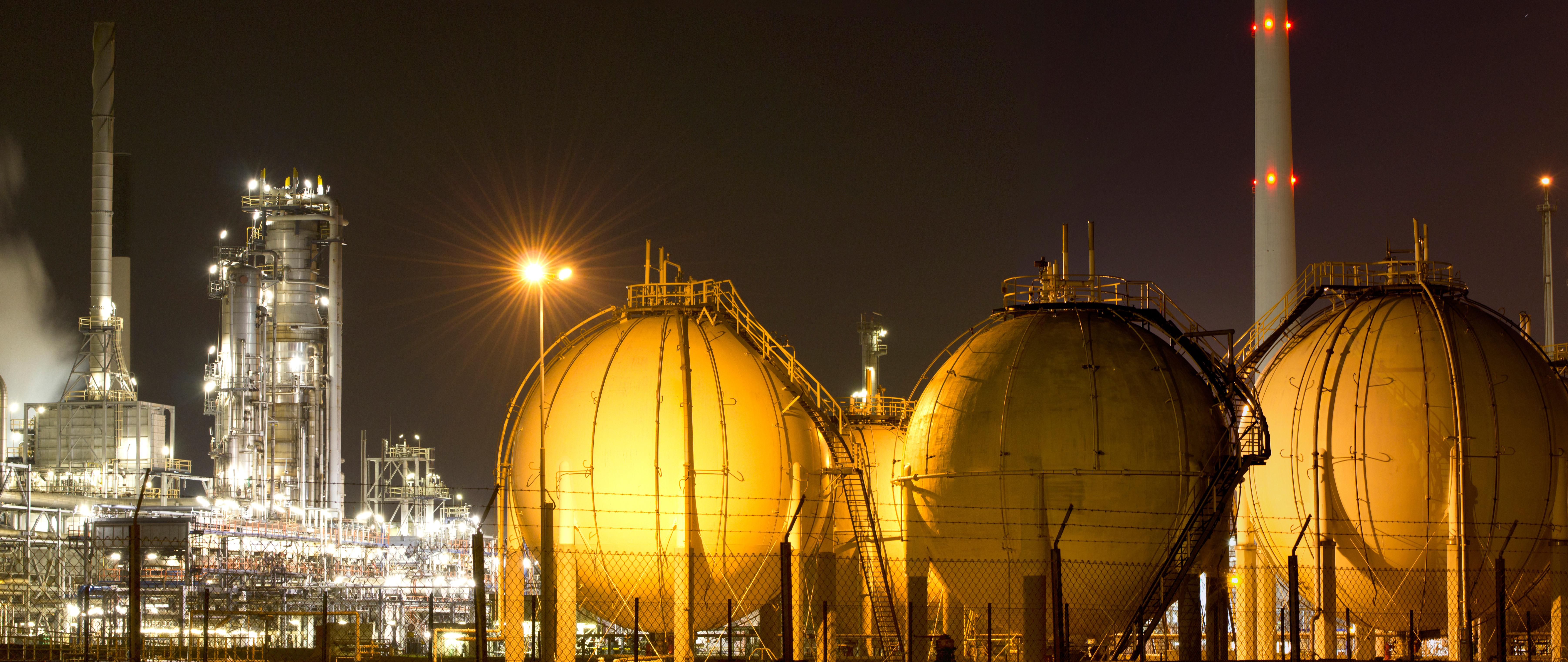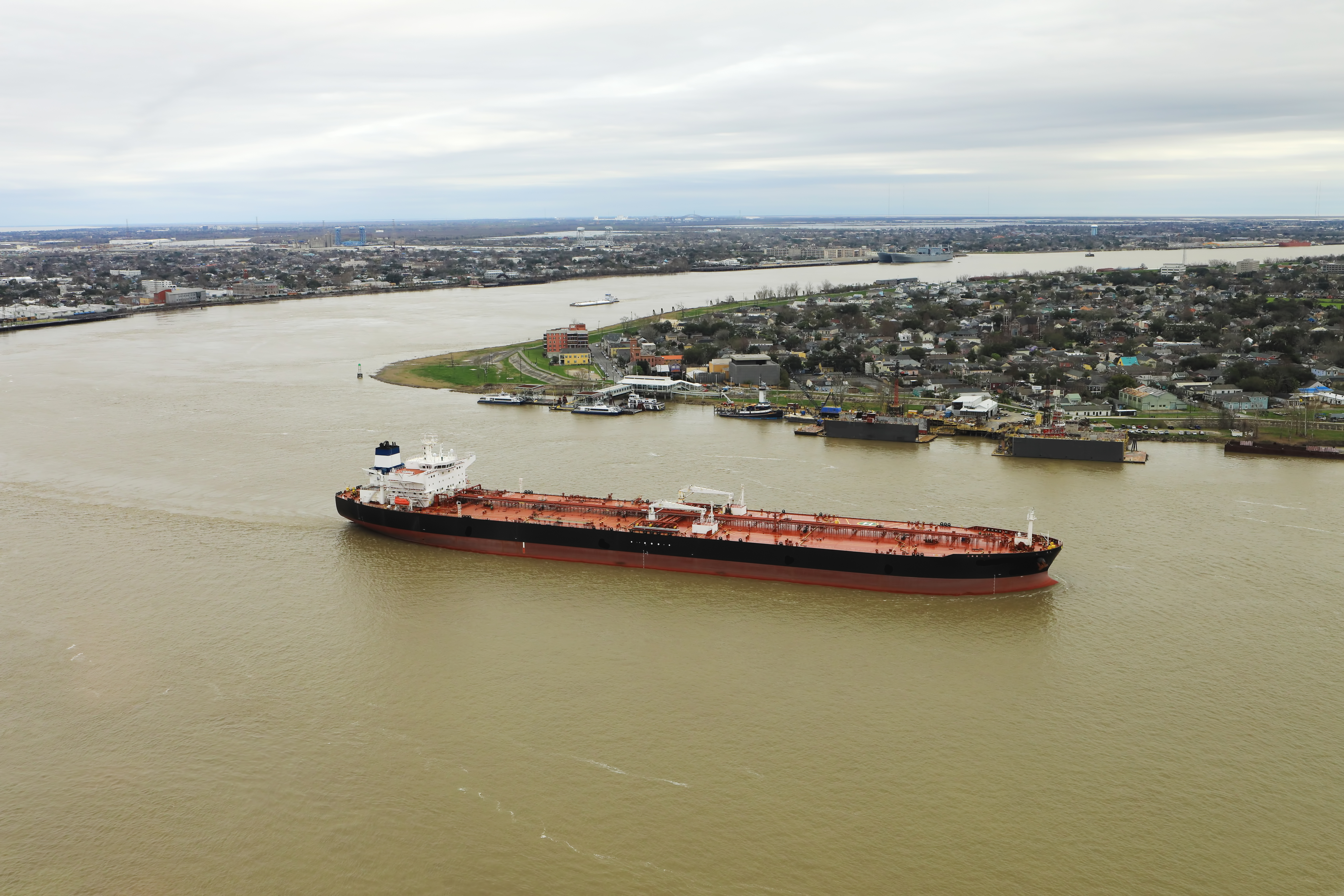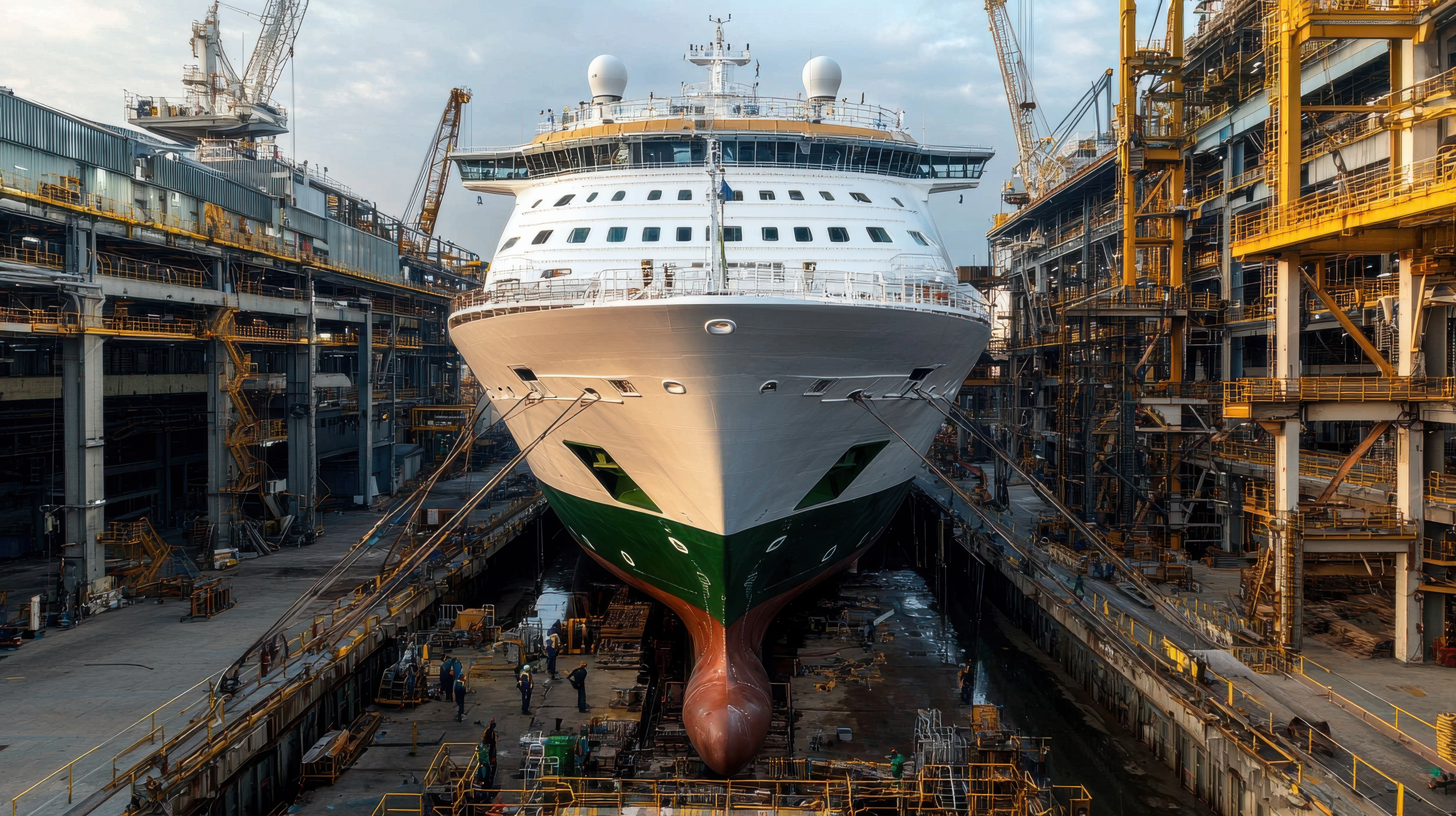
The IMO has been regulating and reducing sulphur emissions from ships since 2005, conscious of sulphur’s effects on both human health and the environment. As we all know, the latest amendment to Annex VI of the Marpol Convention came into force on 1 January 2020 and further reduced sulphur emission levels to 0.5% m/m from the previous level of 3.5% m/m.
We discuss below issues which we have seen coming into play along with legal and practical tips which may be of help to members.
Practical issues
0.50 vs 0.53%
One of the most common arguments we have seen is a debate as to whether a sulphur content of 0.53% is acceptable.
Testing cannot detect levels to a 100% accuracy and there is a 0.03% tolerance, which is as close as a laboratory can get to accurately establishing the sulphur levels. When a test result finds 0.53% sulphur content, suppliers tend to argue that this is acceptable. That is not correct with regard to the Marpol sample, which has a hard limit that cannot exceed 0.5%. The 0.03% tolerance is sometimes accepted by Port State Control if they board the vessel and test an in-use sample.
Whenever testing finds a sulphur content above 0.5%, we would suggest a (joint, if possible) second testing, where the second sample is divided into two, and the average sulphur level of both samples is calculated. If the average of the two samples is less than 0.5% there should be no issue. Second testing and averaging of the results brings the measurement closer to the true value.
One way to avoid an argument in respect of the 0.03% tolerance would be for Charterers to order bunkers with no more than 0.47% sulphur. That way even with the tolerance if bunkers come over the 0.5% limit, parties can put suppliers on notice immediately.
If a Member questions whether to notify their flag state, they should contact the Club. Fines incurred as a result of breach of the Marpol regulations are covered on a discretionary case-by-case basis, yet the Club is always able to assist in bringing claims against Charterers or suppliers.
Finger printing
It is surprising to see two completely different results for specific parameters, one produced by the ship owner during their tests, and another coming from the supplier after retesting the binding sample after a dispute. Thus during any subsequent re-test, it is important to carry out testing of other ISO 8217 fuel parameters, such as density, viscosity, water content, for example, so that the suppliers’ sample which is being retested can be finger printed to the oil received on board. This reduces the chances of sample tampering or use of a non-representative sample for retesting.
Samples from Vessel manifold vs Barge manifold
Another frequent issue is the argument over where the binding bunker samples are to be taken. Most issues with sampling arise because there are two locations for sampling: the receiving vessel’s manifold and the suppliers’ barge manifold. Most bunkering ports do not have clear guidelines on sampling location.
For Owners, the best argument is that the Marpol guidelines provide for samples to be taken from the Vessel’s manifold. Therefore, if bunker suppliers are not complying with this they are falling foul of those regulations.
The difficulty is that the bunker suppliers are rarely open to negotiation as ISO 8217 states that the sampling of petroleum fuels for analysis shall be carried out in accordance with the procedures given in ISO/TR 13739:1998, Clause 10 or the equivalent National Standard. In the absence of any applicable national standards, ISO/TR 13739:1998 , Clause 10 (specifically clause 10.4) states that "sample should be drawn continuously throughout delivery". Clause 10 does not specify a precise location from which samples should be drawn, but states that "for practical reasons, the preferred sampling location is at the bunker tanker's end of the delivery hose. However, it is recognized that other sampling locations such as the vessel's end of the delivery hose may apply, if mutually agreed by the parties".
For Owners, we would suggest that if suppliers are refusing to accept / sign BDNs for samples taken at the vessel manifold, it is important that a senior representative from the ship’s crew (or an independent bunker surveyor) attends on the barge to ensure that proper sampling procedures are maintained and that the BDN which accurately records which samples are binding and representative is properly completed.
Disputes often occur or are exacerbated because the Chief Engineer signs the BDN for receipt of fuel without scrutiny of its contents. The Chief Engineer should check the contents of the BDN, including the seal numbers of all samples, and insert a remark in respect of anything that is unacceptable and/or issue a Letter of Protest by email to the bunker supplier and Charterer immediately.
Owners / Charterers should seek clarity in their charter wording where possible to avoid disputes.
Blending
Where bunkers are off-spec, they may be sometimes be safely blended with other bunkers to bring them within specification.
That option is often cheaper than debunkering, albeit Owners will often insist on a LOI from Charterers for agreeing to do so. If Charterers do offer that LOI, their liabilities under that LOI will not be Club covered, but the Club can assist by providing expert assistance to ensure that the risks in blending are minimized.
Blending may also require notice to the flag and port state, and the Club should be consulted in this case. It is recommended that Owners seek the advice of the engine manufacturer and their bunker analysis contractor before blending fuel.
Debunkering
Where bunkers are shown to be off-spec, Owners will usually insist on debunkering which Charterers will in turn demand from suppliers. It is important to note that debunkering will depend on port availability and on whether pumps are available to do so.
The ship manager will also have to consider which pumps to use and whether to fit a tandem in-line pump at the manifold. Where special pumps are required to debunker at a faster rate in order to not interfere with scheduled voyages, there may be an argument over costs of the pumps.
Legal issues
Owners vs Charterers
Under a time-charter, Charterers shall provide and pay for bunkers. The most common requirement will be for the bunkers to comply with ISO8217, with that specification having different versions, ISO8217:2005, ISO8217:2010 etc. In later time charters there may be an additional provision that Charterers shall supply bunkers of a quality suitable for burning in the vessel’s engines and auxiliaries, in addition to the specification provided in the description clause.
One of the important things to note regarding ISO8217 is that aside from the specification parameters set out in Table 1 there is also a catch-all provision contained at clause 5 of the general terms which tries to ensure that bunkers cannot jeopardize the safety of the ship or adversely affect the performance of the machinery.
What this means is that even if bunkers provided by Charterers have complied with the ISO standard, and are within all of the specifications set out in Table 1, the bunkers still may be off-spec and the Charterer in breach of charter, as a result of other deleterious elements in the bunkers, which may harm the machinery.
This is the way that many of the bunker claims arising out of the ‘Houston problem’ were framed legally, as many new deleterious elements were arguably harmful for the machinery. This is why Owners will want to insist on GC-MS testing to be able to identify other contaminants, which won’t be detectable on standard ISO8217 testing.
Unfortunately, when the parties argue about whether these deleterious elements did indeed harm the machinery or whether any damage was caused by longer term poor maintenance and care, the difficulties in conclusively proving either case means litigation comes down to a battle of the experts and turns on individual facts relating to each Vessel’s engine and practices on board.
Owners should always consult the engine manufacturer and their bunker analysis contractor.
Owners vs Physical Suppliers
Although a time-charter Owner will not contract with physical suppliers (as this will normally be Charterers’ or Charterers’ contractual suppliers’ job), Owners may be able to claim against the physical suppliers in tort for negligence.
That may be an option, which Owners wish to explore if Charterers are not creditworthy; a physical supplier may own barges (assets) against which to enforce a judgment.
A claim in tort for negligence would be governed by the law and jurisdiction in which the wrongful act, here the supply of off-spec bunkers, took place. The Club would be able to assist in instructing lawyers in the jurisdiction in which the bunkers were supplied to advise on any claim.
Charterers vs Contractual Suppliers
When presented with a claim from Owners for off-spec bunkers, Charterers will want to pass the claim down to a contractual supplier. One of the largest practical difficulties in doing so is that the terms of the supply contract are always drafted in favor of the suppliers. The terms will normally be referred to on the delivery order / order confirmation, so the first thing is to locate those terms and conditions.
It is important to identify as early as possible the applicable time bar and notice periods under the bunker supply contract.
A claim under a charterparty by Owners against Charterers can normally be brought within 6 years under English law or 3-6 or more years under US law. However, Charterers’ claim under its supply contract will typically be subject to correct notification, within 7 – 14 days of delivery. This will leave Charterers in a difficult position, as the timebar may have expired before Owners notify a bunker issue.
Timebars with the suppliers under English law are strictly enforced.
If the bunker supply contract is subject to US law, there is authority that the unreasonably short time limitations (10 days from delivery for example) are too unfair to be enforceable. It’s important for Charterers to note the timebars in the suppliers’ terms and press Owners / laboratories for prompt notification if Charterers wish to pass any claims down.
Alternatively, charterparties may need to reflect the requirement for prompt notification of any bunker issues to protect claims against the supplier.
If Charterers have missed the time bar against their contractual supplier, Charterers will have to rely on commercial relations to seek any contribution from their contractual suppliers.
Charterers vs Physical Suppliers
Charterers’ contractual supplier will often instruct a third-party physical supplier to provide bunkers to the vessel. Charterers will not have a contract with that physical supplier and therefore will not be able to sue under that.
Generally, Charterers could not sue the physical suppliers in tort for negligence, because the Charterers, unlike Owners, have not suffered any physical damage. However, that general rule depends on the applicable law and jurisdiction.
For further information on IMO 2020, please visit the UK P&I website




